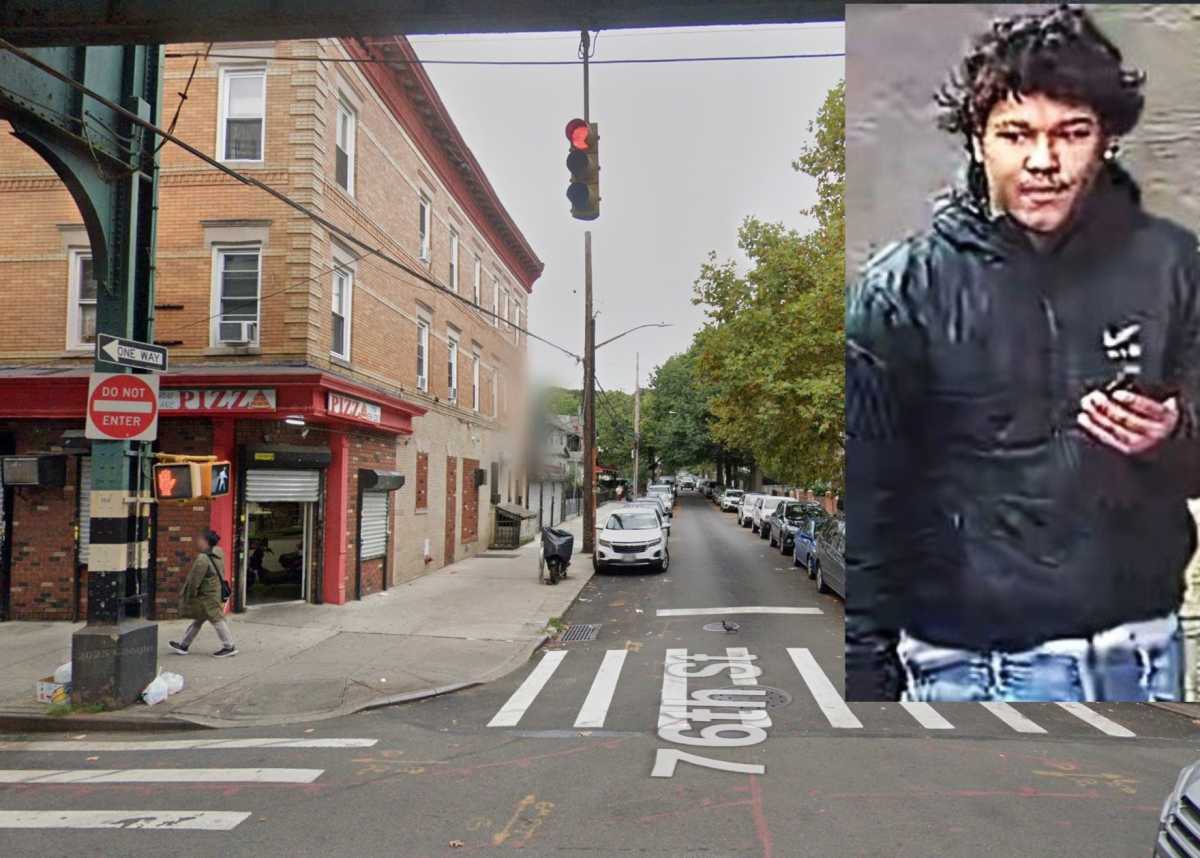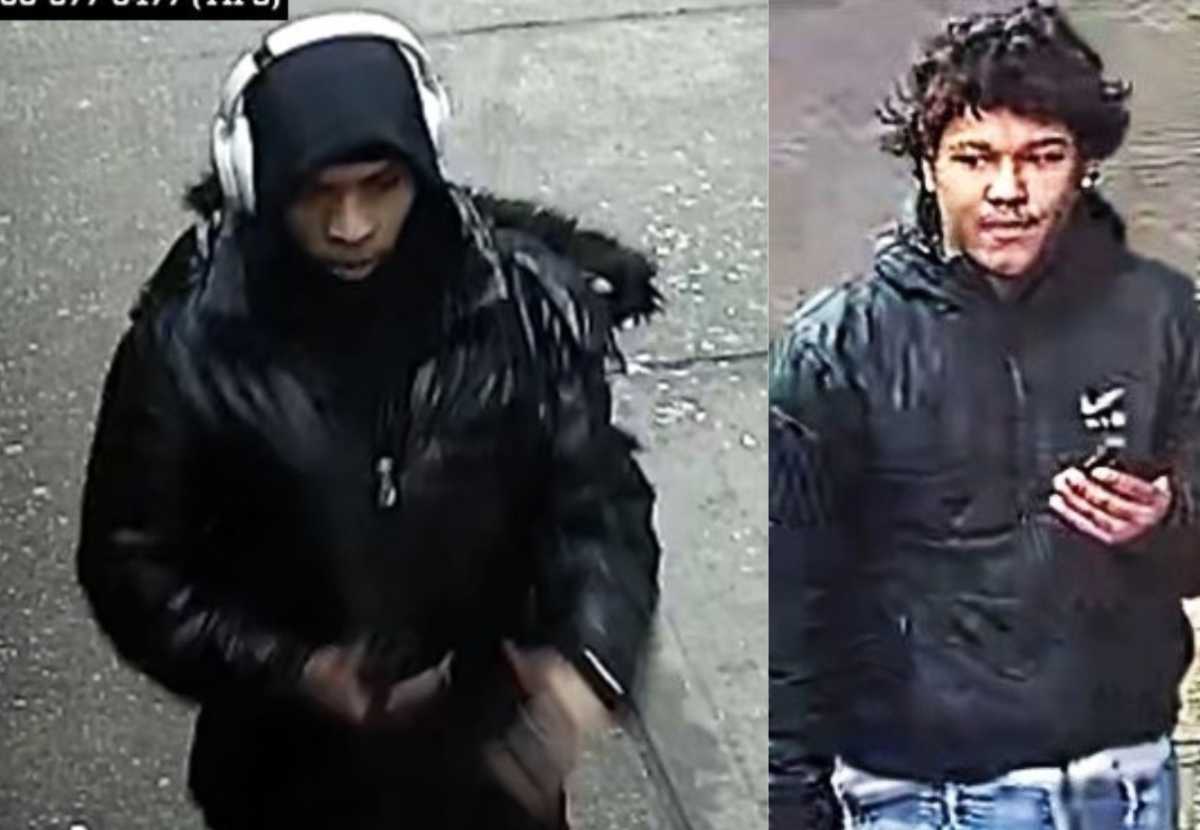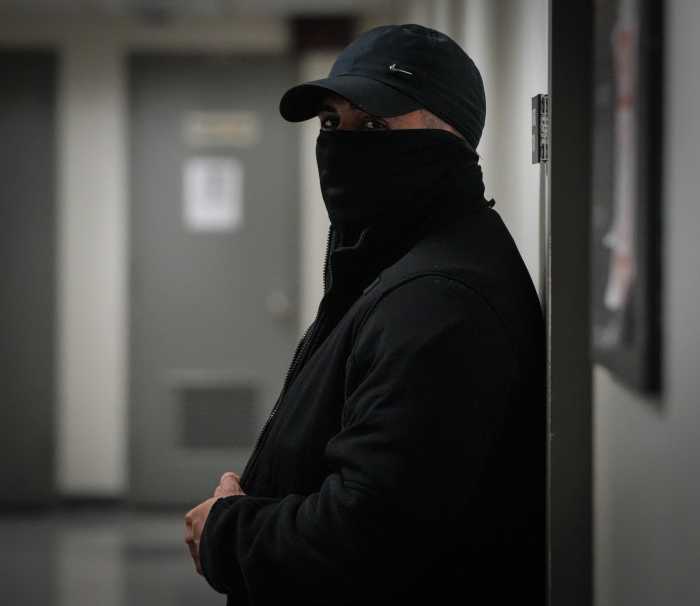A recent announcement by the Roman Catholic Diocese of Brooklyn that they are forced to close or merge schools due to declining enrollment is bad news for Queens.
The announcement came after a Diocesan Reconfiguration Committee issued a report recommending 29 regional proposals, affecting all the schools in the diocese, to be implemented over the next five years.
The Committee recommended that five Queens parochial schools be closed outright and three others be merged into one.
”When we determined that our schools are operating at only 85% of capacity it became clear that we had to consider why this was happening and how we might reverse the trend,” said Bishop Nicholas DiMarzio, shepherd of the 1.5-million-member Brooklyn-Queens flock.
The plunge in enrollment is not evenly distributed however.
On the list to be closed, Blessed Sacrament parochial school at 34-20 94th Street in Jackson Heights reportedly has only 180 students - down from 2,500 in its heyday.
The other Queens schools slated for closure at the end of the school year are:
Saint Aloysius at 360 Seneca Avenue in Ridgewood;
Saint Anthony of Padua at 125-18 Rockaway Boulevard in South Ozone Park;
Saint Catherine of Sienna at 118-22 Riverton Street in Saint Albans;
Saint Benedict Joseph Labre at 94-25 117th Street in South Richmond Hill.
The three-school merger planned for Flushing schools is to be completed by the end of the 2010 school year.
Saint Michael’s school at 136-58 41st Avenue and Saint Ann’s school at 142-45 58th Road will cease to exist, merging with the Saint Mary’s Nativity school on the existing campus at 146-28 Jasmine Avenue in Flushing.
Changing demographics, increased costs and competition from charter schools have been cited as some of the reasons for the decline in parochial schools.
Much of the more established Catholic population has either aged or moved away from Queens, to be replaced in large numbers by Hispanic immigrants, most unable to afford the average $3,500 annual tuition.
The teaching staff, once populated mostly by nuns and brothers who required little in terms of pay, has been largely replaced by lay persons whose secular lives demanded living wages.
“I am committed to ensuring that our Catholic Schools are accessible geographically and financially to the people of our Diocese,” Bishop DiMarzio said.































